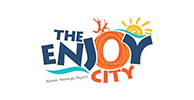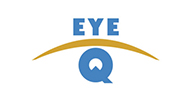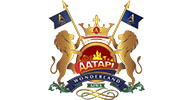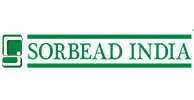Web Design
Web design mention to the design of websites that are displayed on the internet. It normally refers to the user experience exposure of website development rather than software development. Web design often to be concentrated on designing websites for desktop browsers; however, in the mid of 2010, design for mobile and tablet browsers has become ever-increasingly important.
A web designer works on the layout, looks and, in some cases, content of a website. Layout mention to how information is structured and categorized. Looks, for instance, relates to the font, images used and, colors. A good web design is easy to use, elegant pleasing, and suits the user group and brand of the website. Many web pages are designed with a concentrate on simplicity, so that no irrelevant information and functionality that might distract or confuse users appears.
Two of the most ordinary methods for designing websites that work well both on desktop and mobile are responsive and adaptive design. In responsive design, content adjust depending on screen size; in adaptive design, the website content is fixed in layout sizes that equal common screen sizes. Protecting a layout that is as consistent as possible between devices is critical to maintaining user trust and engagement. As responsive design can present difficulties in this regard, designers must be careful in hand over ring control of how their work will appear. If they are organizing for the content as well, while they may need to wide their skill set, they will enjoy having the advantage of full control of the finished product.
One of the important ingredients to a successful product is the creation of effective, well planned and visually pleasing displays. In order to make such high-quality displays, whether they are graphical or tangible (e.g. websites or remote controls respectively), an understanding of human vision is needed, along with the knowledge of visual perception.
Web Design for Marketing and communication
Marketing and communication design on a website may recognize what works for its target market. The designer may understand the trends of its audience because this can be change according to the age group. Careful thought might be made to assure that the overall design of a site does not clash with the clarity and accuracy of the content, especially on a business-to-business website. Designers may also consider the prestige of the owner or business the site is representing to make sure they are portrayed favorably.
User experience design and interactive design (UX/UX)
User understanding of the content of a website normally depends on user understanding of how the website works. This is partial part of the user experience design. User experience is associated to layout, clear instructions and tabs on a website. How well a user understands how they can communicate on a site may also depend on the attractive design of the site. If a user understands the usefulness of the website, they are more likely to continue using it. Users who are skilled and well knowledgeable with website use may find a more distinctive, yet less inbuilt or less user-friendly website interface useful nonetheless.
Web Page layout
Part of the user interface design is assumed by the quality of the page layout. For example, a designer may evaluate whether the site's page layout should remain same on different pages when designing the layout. Page pixel width may also be kept vital for aligning objects in the layout design. Most pages are also center-aligned for analyse of aesthetics on larger screens.
Typography
Web designers may select to limit the diversity of website typefaces to only a few which are of a same style, instead of using a huge range of typefaces. Most browsers identify a specific number of safe fonts, which designers mainly use in order to keep away from complications.
Motion graphics (New Trend)
The page layout and user interface may also be influenced by the use of motion graphics. The choice of whether or not to use motion graphics may rely on the target market for the website. Motion graphics may be expected or at low better received with an entertainment-oriented website. However, a website target audience such as government, business, or community might find animations needless and diverting if only for entertainment purposes. This doesn't mean that more serious content could not be enhanced with animated or video presentations that is suitable to the content.























